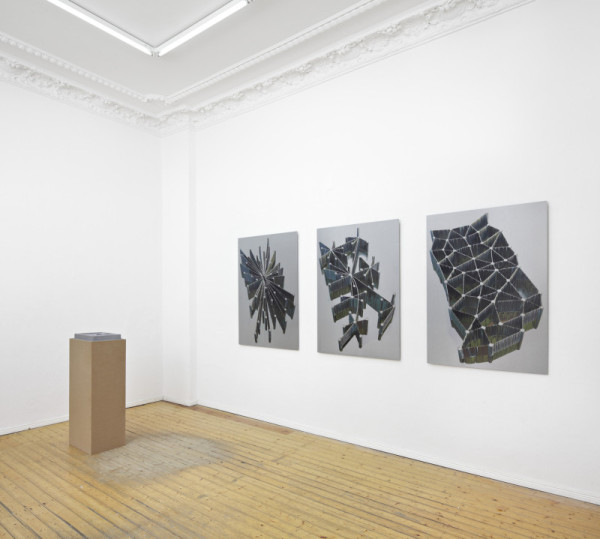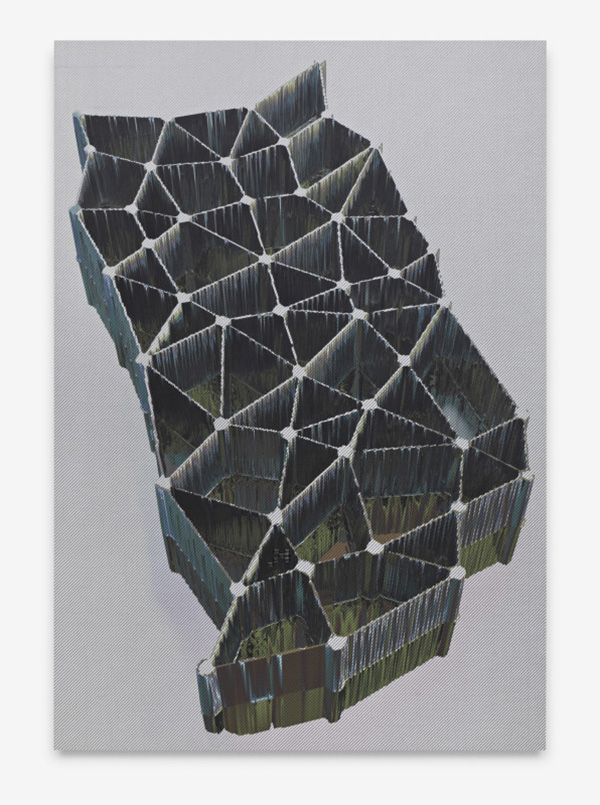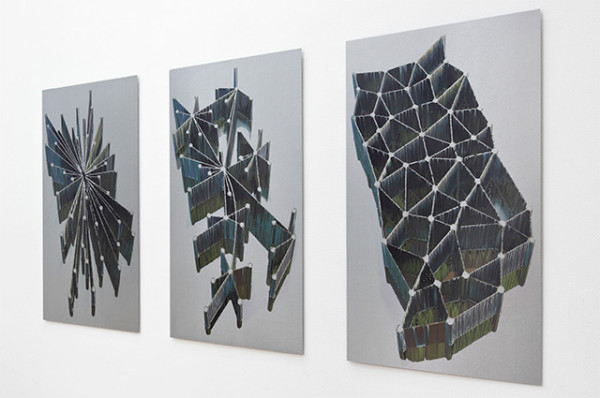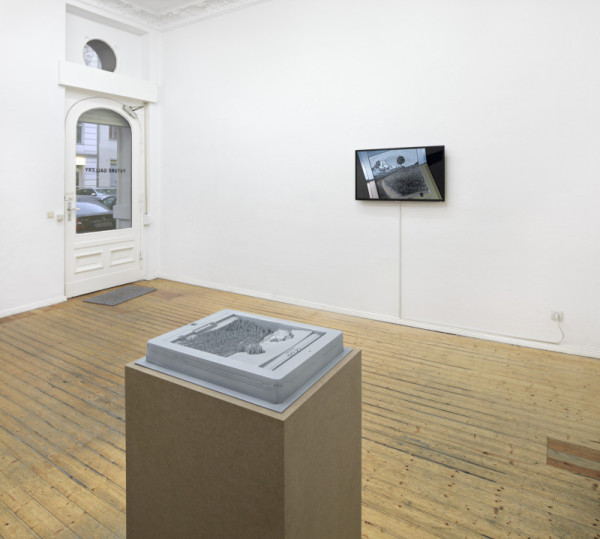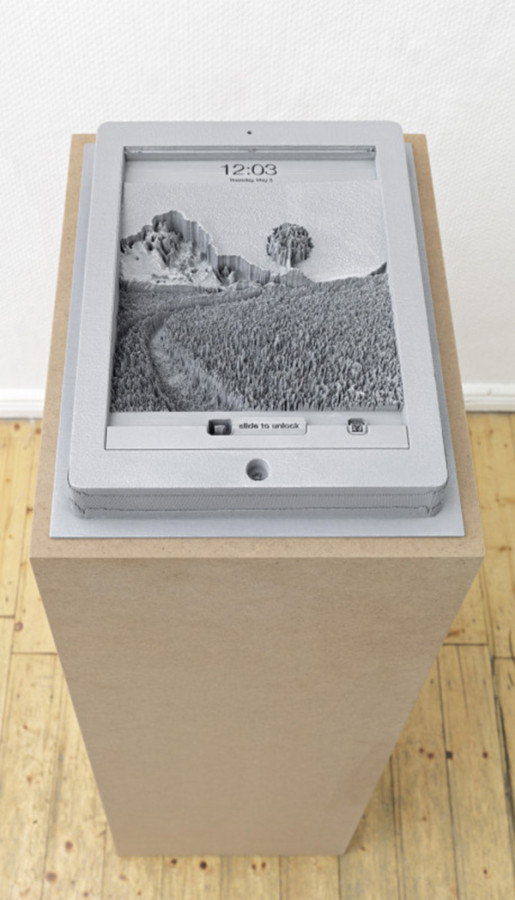Spiros Hadjidjanos
Wednesday, 18 December 2013
Local Manifestations @ Future Gallery
“In 1959, the American engineer Paul Baran was charged by the RAND Corporation with the task of designing a telecommunications network resilient enough to survive a nuclear attack. A year later Baran published his proposed solution: a network of distributed nodes without a centralized core. He argued that a distributed network would be indestructible because the connections between its nodes were redundant; multiple redundant connections safeguard a system from total destruction if individual nodes are damaged. A decade later, Baran’s distributed relay node architecture formed the conceptual framework for the first system of inter-networked computers, which would become the basis for today’s decentralized wireless internet.
In Local Manifestations, Spiros Hadjidjanos excavates the topology of our contemporary wireless terrain – the virtual/physical surface of wireless networks through which we communicate – uncovering the interlocking system of nodes and redundant connections upon which this intangible landscape is constructed. As we simultaneously navigate and construct this space, we ourselves become nodes, receivers and transmitters of data contributing to the redundancy and therefore the imperviousness of the system. We become “wireless subjects.”
Within the tensile mesh of a distributed network, it becomes possible to conceive of the relations between fixed entities themselves as objects. Hadjidjanos’ work, in line with realist philosophies, treats them as such; through multiple points of entry, he asks what it could mean to manifest a “relation as object.” The act of manifesting or actualizing relations takes many forms: signals from wireless routers are converted into visible projections; diagrams of Baran’s networks are embedded into the lightweight mesh material of carbon fiber; a person circulates the exhibition space mumbling signals received from a mobile phone; mobile devices become topographical maps and morph into each other in a series of slowed-down animations. In each of these works it is the transitions, movements, and relations that are the object of study.
The “local” is not contrasted here with the “global.” It does not imply an opposition between the singular and fixed or the multiple and connective, but rather contextualizes this exhibition as one object-relation within a theoretically infinite set of iterations. The multiplicity, or redundancy of its outward relations is what is responsible for the integrity of its inner relationships. The exhibition is not “reduceable either to its internal components or to its outward effects” – making it, according to Graham Harman’s definition, an object.” – Elvia Wilk
